They are the hieroglyphs of Scotland. But we have not yet found a Caledonian Rosetta Stone to interpret them.
There are thought to be about three dozen different ‘Pictish
symbols’ carved in different combinations on a few hundred extant stones around
Scotland – usually found in the traditional Pictish heartland of central and
north-eastern Scotland. Some are combined with Christian symbology on
magnificent stone crosses (or slabs with crosses engraved on them).
For a while after their conversion, the Picts used Christian
images together with the old symbols. Sometimes it seems as if the crosses were
engraved on older pagan stones. Many of them also include hunting scenes or other
depictions of dark age aristocratic and military activity.
What they mean nobody knows for sure, even though numerous
clans such as the MacGregors and MacNaghtens claim Pictish ancestry.
This magnificent specimen, which I visited last week, stands at Wester Fowlis in
Strathearn, not far from the pretty spa town of Crieff. On one side is an
extraordinary engraved cross, notable for its protruding arms. On the other, a series
of hunting scenes with the tell-tale Pictish symbols of a ‘mirror’ and a
‘double disc’.
The one in the photo is actually a replica, with the real
thing kept sheltered in the nearby church. It’s open and you can in and see it
– a great example of the many historical sites and works of art that can be
experiences for free in Scotland.
What do the symbols signify?
Some have speculated that, in different combinations, they
depict various clans, territories, individual nobles or noblewoman. Although
they are not usually located on burial sites, they may have religious
connotations.
I feel sure that one day someone will either crack it
logically or discover something that unlocks the code.
Maybe language has something to do with it. When I was a
boy, it was thought that Pictish was a language largely separate from the two
Celtic languages of northern Britain – Gaelic and Brittonic (early Welsh). Most
scholars now think that it was similar to Brittonic.
Either way it was apparently replaced by Gaelic in the
period after the union of the Picts and Scots in the early middle ages. As with
the symbols, there is little hard evidence as to its nature.
But the idea that Pictish was eradicated by Gaelic has
always seemed a little odd to me. The supposition is that the ruling elite
became Gaelic speaking and, quite rapidly, imposed its language on everyone
else. This didn’t really happen in other similar situations in the British
Isles or elsewhere in Europe unless there was an accompanying movement of
peoples.
Perhaps Pictish was really much more like Gaelic in the
first place, and the clue to its symbology will come from that source.
At any rate, I have no real idea, except that it is a
fascinating riddle!
Tom Miers
For a memorable holiday exploring Scotland's heritage and culture, check out the Clans and Castles website
Tom Miers
For a memorable holiday exploring Scotland's heritage and culture, check out the Clans and Castles website











































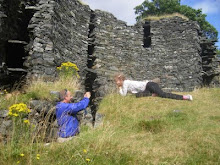
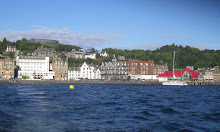
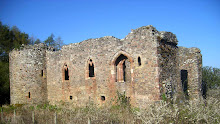
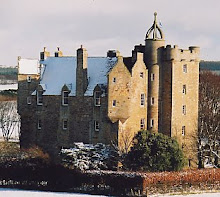
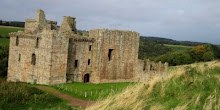

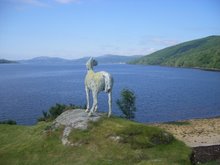

No comments:
Post a Comment